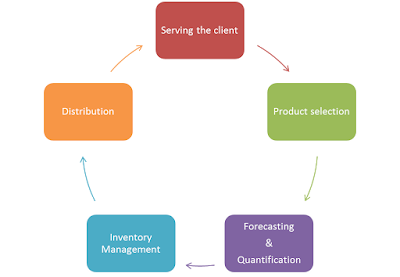Using the principles of game design in learning (gamification)
Are you hooked to candy crush, criminal case or pokemon go? I bet most people are. I find these games amusing and interesting and certain features can applied to learning design.
Let's consider the characteristics of typical games.
- Games usually have different levels.
- Most games give immediate feedback whether you succeed or fail.
- Games provide opportunities to try again
- Games are engaging through the use of all your senses.
- Games are usually fun.
- Games also build communities and provide a common area of interest.
- Games are built on things or elements we can relate with in everyday life.
- Design learning in stages starting from simple concept to difficult ones.
- Immediate feedback is much more effective in driving learning and motivates than delayed or suppressed feedback.
- Actual learning takes place in the process of doing and trying again.
- Learners should be able to relate the learning to their environment and practice in everyday life.
- Build in fun elements to break the ice and energize the learner. Have you seen the passion with which some people play these games?
- Games are always updated with new version and features. What stops you from applying the same to learning design?
Try this
Start a training or learning event with an engaging game. Notice how participants relate afterwards.




Comments
Post a Comment